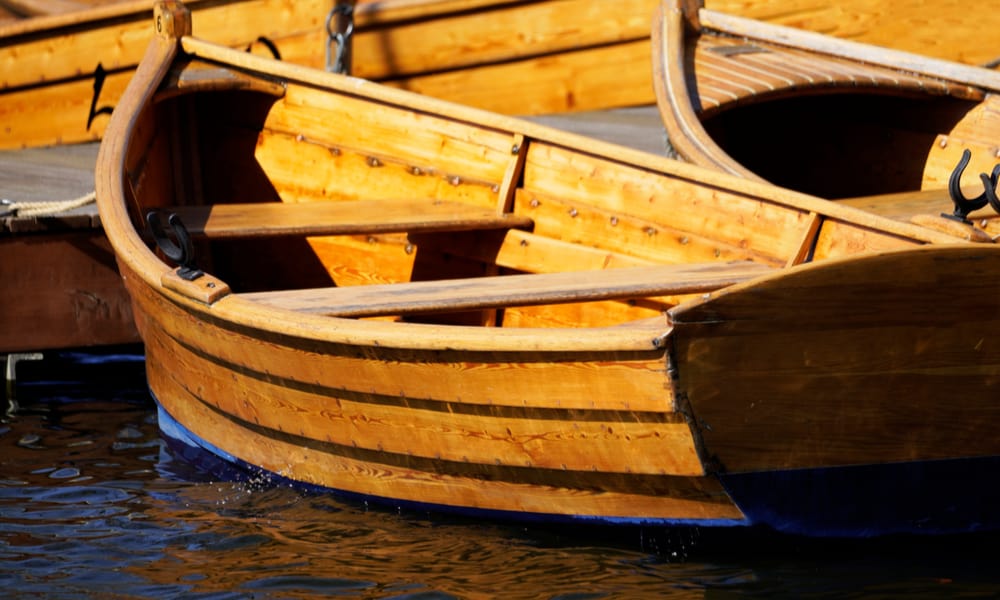
Beyond the Plans: Unveiling Hidden Gems in Traditional Boatbuilding
How to Build a Wooden Boat with Traditional Crafting Techniques is a fantastic resource, a bible for many aspiring boat builders. But what about the unspoken lessons? The nuances that aren't explicitly covered in the meticulously detailed plans? This review dives beyond the readily apparent, exploring the less-discussed aspects of traditional boatbuilding, offering fresh perspectives for both novices and seasoned craftsmen.
The Unsung Hero: Wood Selection Beyond the Species
The book rightly emphasizes wood selection. But what about the often-overlooked element of wood's individual character? Every tree, even within the same species, possesses unique grain patterns, density variations, and inherent weaknesses. How do you account for these individual quirks?
Q: How can I effectively assess the subtle differences within a single species of wood and choose the best planks for specific parts of my boat?
A: This requires a deep understanding of wood anatomy. Look beyond just the species name. Consider factors like:
- Growth rate: Faster-growing wood often means looser grain, less strength.
- Knot density and size: Large, clustered knots weaken the wood. Identify planks with minimal, evenly spaced knots for structural components.
- Mineral streaks: While often aesthetically pleasing, mineral streaks can indicate areas of weakness. Avoid them in high-stress areas.
- Moisture content: Accurately measuring moisture content is crucial. Use a moisture meter and account for regional variations.
Developing an intuitive sense of wood quality comes with experience and attentive observation. Study the wood meticulously. Let your hands teach you.
Beyond the Textbook: Embracing the Unexpected
Building a boat is rarely a perfectly linear process. Unforeseen challenges are inevitable. How do you adapt?
Story: The Case of the Crooked Plank
A friend, experienced in woodworking, encountered a severely warped plank intended for the boat's keel. The book offered no solution for such a drastic curve. He didn’t discard it. Instead, he carefully studied the warp, understanding its cause and utilizing techniques of steaming and clamping to gently coax the wood into a more usable shape. The final keel, though slightly modified, showcased his resourcefulness. This highlights the importance of adaptability and creative problem-solving.
The Environmental Footprint: Sustainable Boatbuilding
The book focuses on the craft, but what about the sustainability of the materials and the process? While the book encourages the use of sustainably harvested timber, it could benefit from a deeper exploration of this critical aspect.
Q: What innovative techniques can reduce the environmental impact of building a wooden boat?
A: Consider these additions to the traditional approach:
- Sourcing reclaimed wood: Utilizing salvaged or reclaimed timber significantly reduces the demand on virgin forests.
- Minimizing waste: Carefully plan cuts, utilizing offcuts creatively in smaller projects.
- Eco-friendly finishes: Opt for non-toxic, water-based finishes instead of harsh chemical-based varnishes.
- Carbon offsetting: Explore options to offset the carbon emissions generated during the boat-building process.
Conclusion: More Than Just Plans
“How to Build a Wooden Boat with Traditional Crafting Techniques†provides a strong foundation. However, true mastery involves embracing the complexities, developing intuition, and adapting to the unexpected. By focusing on wood's individual character, honing problem-solving skills, and incorporating sustainable practices, we can elevate traditional boatbuilding to a more holistic and rewarding experience. It’s about the journey, the learning, and the connection with the craft, beyond the simple following of instructions.

0 comments:
Post a Comment
Note: Only a member of this blog may post a comment.